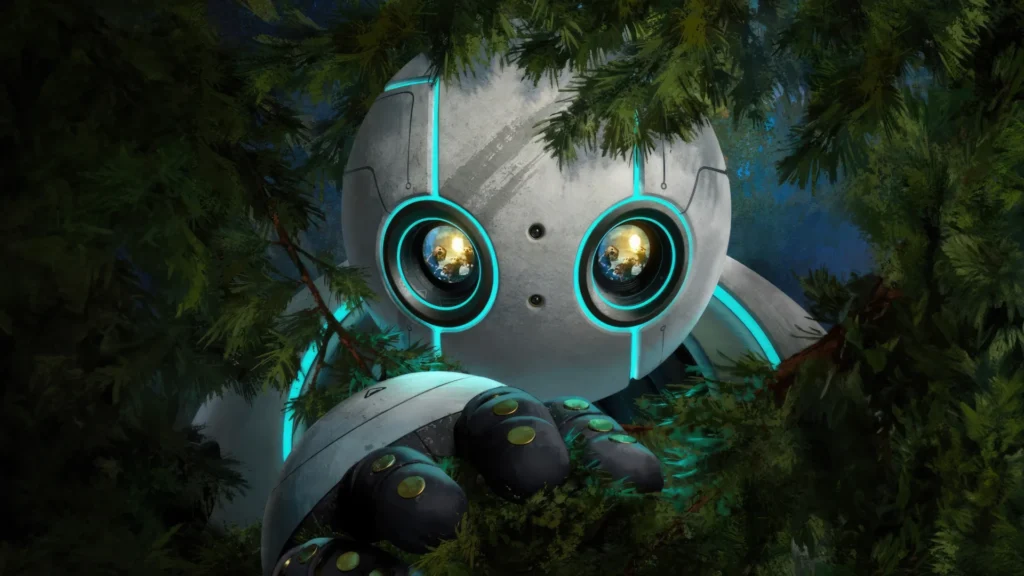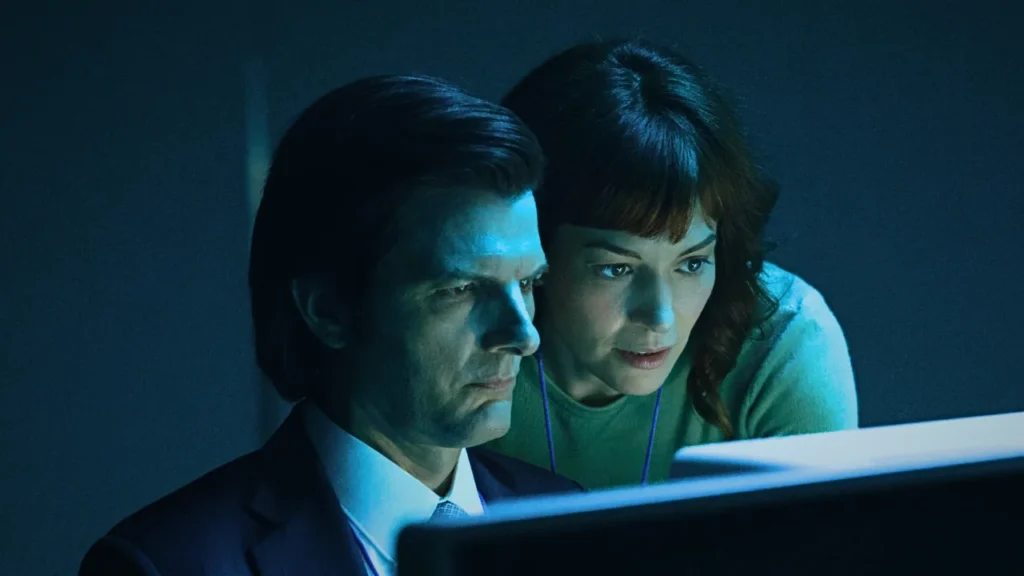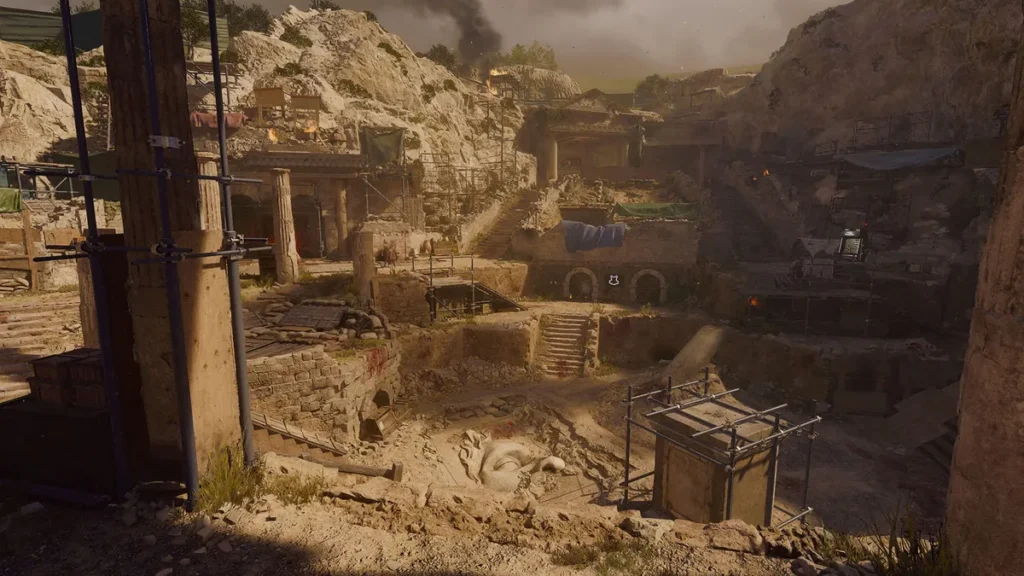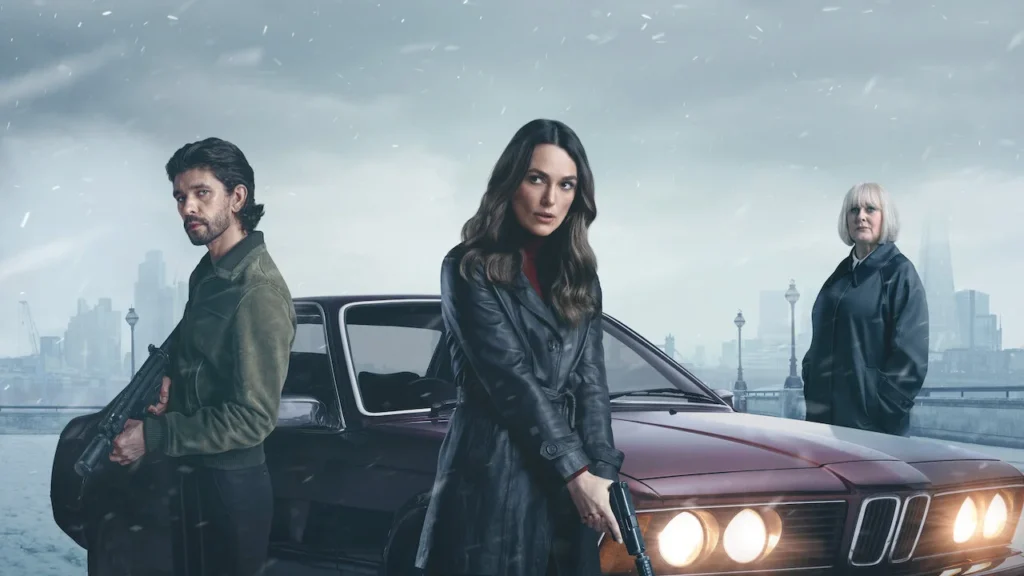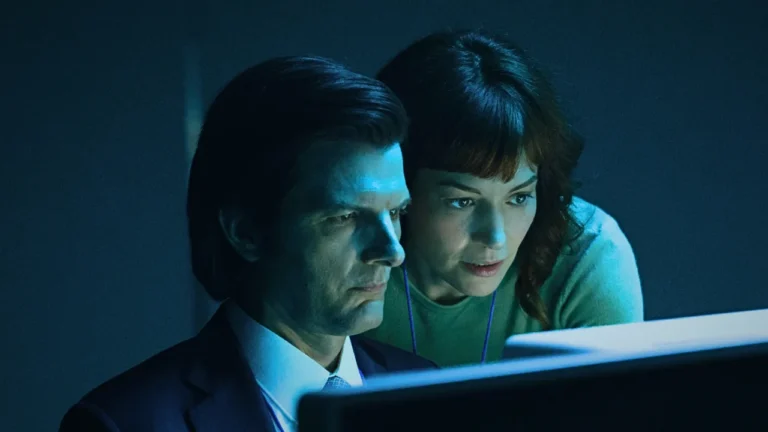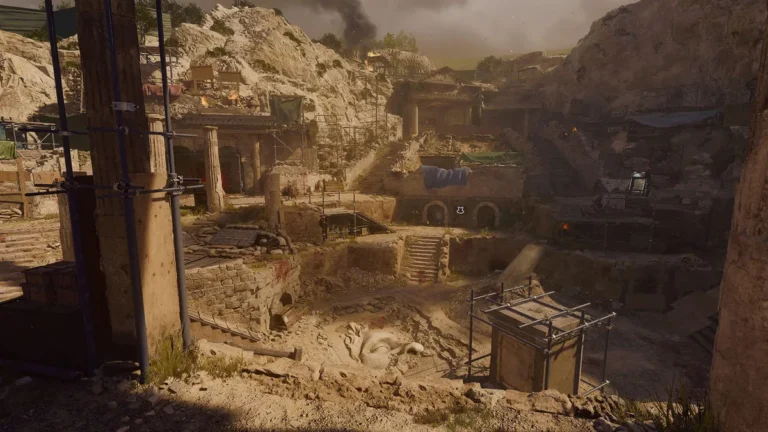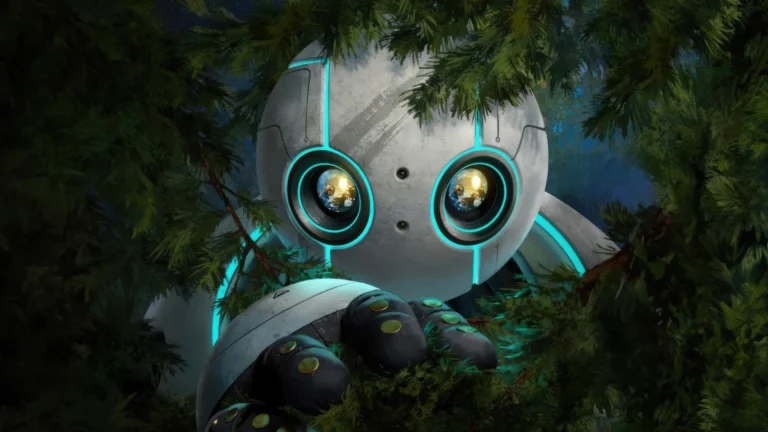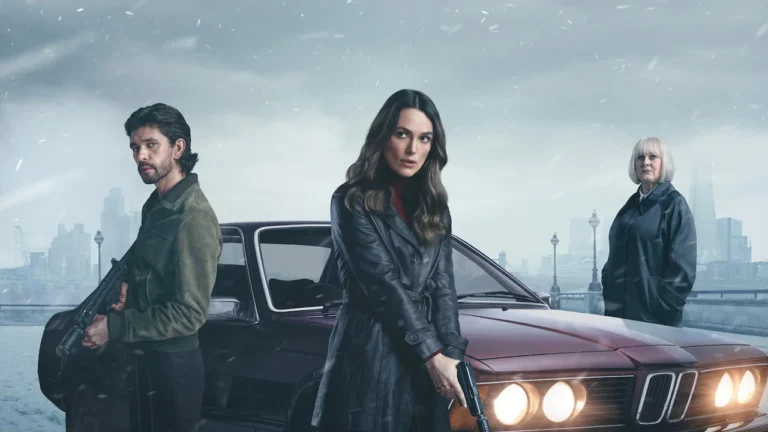Plot & Concept (No Spoilers!)
Based on Peter Brown’s beloved children’s novel, The Wild Robot follows Roz, an AI-driven robot stranded on a remote island. As she navigates the wilderness, Roz learns to coexist with animals, forming unlikely bonds while unraveling her own purpose. The film delicately explores themes of nature versus technology, survival, and what it means to be truly alive.
Performances & Characters
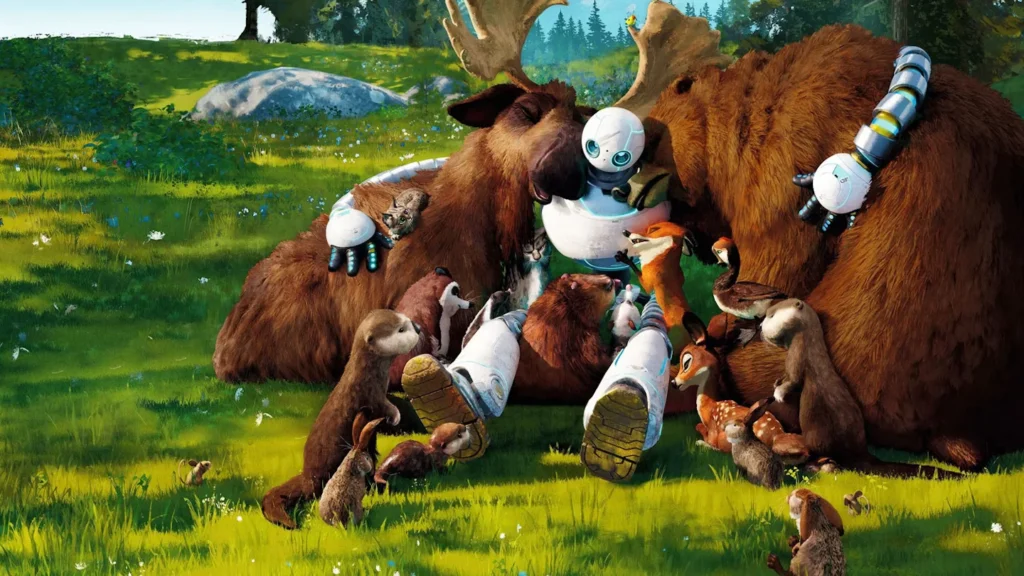
Despite being an artificial being, Roz is the heart of the film. Voiced with warmth and restraint, she transitions from cold machinery to an empathetic caregiver. The supporting cast, from wise old owls to mischievous raccoons, each bring charm and personality, creating an ecosystem that feels alive. The voice work elevates the story, with nuanced performances that add emotional weight.
Roz’s relationship with a young gosling, Brightbill, is particularly touching. Their bond mirrors that of a parent and child, emphasising themes of growth, learning, and adaptation. Secondary characters, including a skeptical fox and a protective bear, add depth and stakes to Roz’s survival journey.
Direction & Cinematography
The film’s visual storytelling is breathtaking. The direction captures the vast beauty of the natural world, making the island feel like both a paradise and a challenge. Every frame is painterly, blending a soft colour palette with crisp animation that enhances the organic-meets-mechanical contrast at the film’s core. The use of lighting, from warm sunrises to stormy nights, builds tension and beauty in equal measure.
Writing & Pacing
The adaptation remains faithful to Brown’s novel while streamlining its more meditative moments for cinematic flow. The dialogue is simple yet profound, often conveying complex ideas in a digestible manner. While the pacing occasionally lingers, especially in the second act, the emotional payoff keeps the narrative engaging. The film balances introspective moments with bursts of action, ensuring younger audiences remain captivated.
Music & Sound Design
A whimsical yet evocative score complements Roz’s journey, seamlessly blending synthetic and organic sounds. The use of silence is just as impactful, allowing moments of introspection to resonate. The sound design adds texture, making the island’s wildlife and Roz’s mechanical movements feel immersive. The combination of soft nature sounds and gentle electronic melodies creates an atmosphere that bridges the gap between technology and the wilderness.
Special Effects & Production Design
The animation style strikes a balance between realism and storybook whimsy. The rendering of the island’s flora and fauna feels tactile, while Roz’s design maintains an appealing yet slightly alien aesthetic. The mix of traditional animation and CGI is handled masterfully, enhancing the film’s emotional core. Every leaf, feather, and rusted joint tells a story, enriching the film’s visual experience.
Cultural Impact & Themes
Beyond its surface as a family adventure, The Wild Robot serves as a poignant reflection on AI ethics, environmental conservation, and the power of empathy. It speaks to both children and adults, encouraging discussions about coexistence and identity in a rapidly evolving world. The film subtly asks, “What does it mean to belong?”—a question that resonates with anyone who has felt out of place.
Comparison
Fans of Wall-E and The Iron Giant will find familiar themes of artificial intelligence discovering humanity. However, The Wild Robot leans more into nature-driven storytelling, echoing the emotional beats of The Jungle Book and My Neighbor Totoro. Unlike many AI-based narratives that focus on dystopian fears, this film celebrates connection and understanding.
Who Will Enjoy It?
- Families: A thought-provoking yet accessible film for all ages.
- Animation Enthusiasts: Stunning visuals and world-building make it a must-watch.
- Sci-Fi & Nature Lovers: A unique blend of futuristic AI and rustic survival themes.
- Fans of the Book: A faithful adaptation that captures the novel’s spirit.
